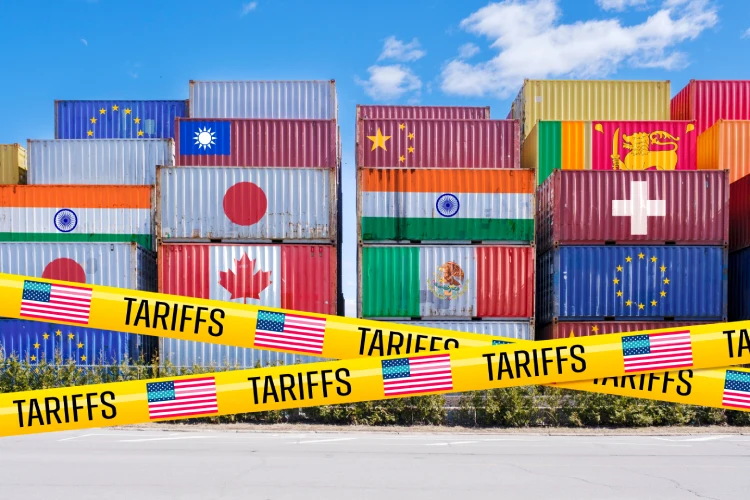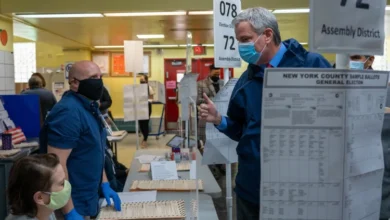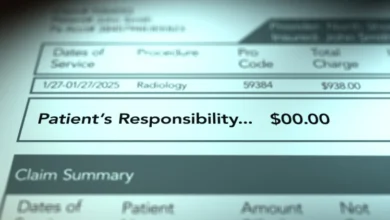
U.S. Economy Contracts in Early 2025 Posting First GDP Decline in Three Years
Economic Slowdown Reflects Tariff Anticipation, Import Surge, and Federal Spending Cuts
The U.S. GDP 2025 report showed a 0.3% annualized contraction in the first quarter, marking the economy’s weakest performance since early 2022. The decline follows 2.4% growth in the previous quarter and was worse than many forecasts, which had expected a modest gain.
Analysts attribute the negative GDP figure to a combination of increased imports, reduced federal spending, and uncertainty tied to newly announced trade policies.
The Commerce Department’s advance estimate pointed to businesses stockpiling imports ahead of President Trump’s April 2 tariff policy rollout. Though the tariffs were announced after the quarter ended, companies acted early, leading to a spike in imported goods. This surge negatively impacted GDP, as imports subtract from the calculation of domestic output.
Import Surge and Tariff Anxiety Played a Central Role

One of the primary contributors to the contraction was the rise in imports, especially in consumer goods and capital equipment. The data indicates a front-loading effect, where firms increased purchases in anticipation of future trade barriers. This behavior shifted demand into Q1, distorting economic activity that might otherwise have occurred later.
The Atlanta Fed’s GDPNow model projected a deeper 0.4% contraction, adjusting for volatile items like gold trade. Meanwhile, Goldman Sachs estimated a 0.2% drop. The Bureau of Economic Analysis confirmed that government spending fell by 5.1%, adding further downward pressure.
Drop in Government Spending Amplified Slowdown in U.S. GDP 2025
Another major factor in the GDP decline was a cut in federal expenditures. These reductions followed the Trump administration’s new efficiency push, which included significant agency shutdowns, hiring freezes, and canceled funding for research initiatives.
Although investment, consumer spending, and exports increased modestly, they were not enough to offset the decline from imports and government cutbacks. Real final sales to private domestic purchasers — a key measure of underlying demand — rose by 3.0%, only slightly higher than the 2.9% gain in Q4 2024.
Inflation Data Reflects Price Pressures Ahead
Price trends also shifted in Q1 2025. The personal consumption expenditures (PCE) price index, a key inflation gauge, rose by 3.6%, up from 2.4% in Q4. Core inflation, which doesn’t include food and energy prices, rose by 3.5%, showing that costs were already going up before the full impact of the tariffs hit.
With higher import costs likely passing to consumers, economists expect the inflation rate to stay elevated into Q2, potentially weighing on household spending.
Is a Recession Underway?
The negative reading increases concerns of a potential recession, though not all analysts agree on the definition. Economists define a technical recession as two back-to-back quarters where the economy shrinks. However, the National Bureau of Economic Research uses a broader definition based on sustained, widespread declines in economic activity.
Major firms remain split. JPMorgan estimates a 60% chance of a recession this year, while other analysts point to strong job growth and consumer spending resilience. Still, early warning signs are emerging. In April, ADP reported just 62,000 new jobs in the private sector — far fewer than the 134,000 analysts had predicted.
Outlook for Q2 and Beyond
Despite the Q1 setback, some economists anticipate a moderate rebound in Q2. With fewer imports expected after the front-loading surge, domestic activity may stabilize. Capital Economics forecasts a 2.0% GDP rebound in Q2, though inventory accumulation could taper off.
The Federal Reserve is expected to hold interest rates steady at its May 7 meeting, opting to monitor inflation developments tied to tariffs before considering further rate changes.




